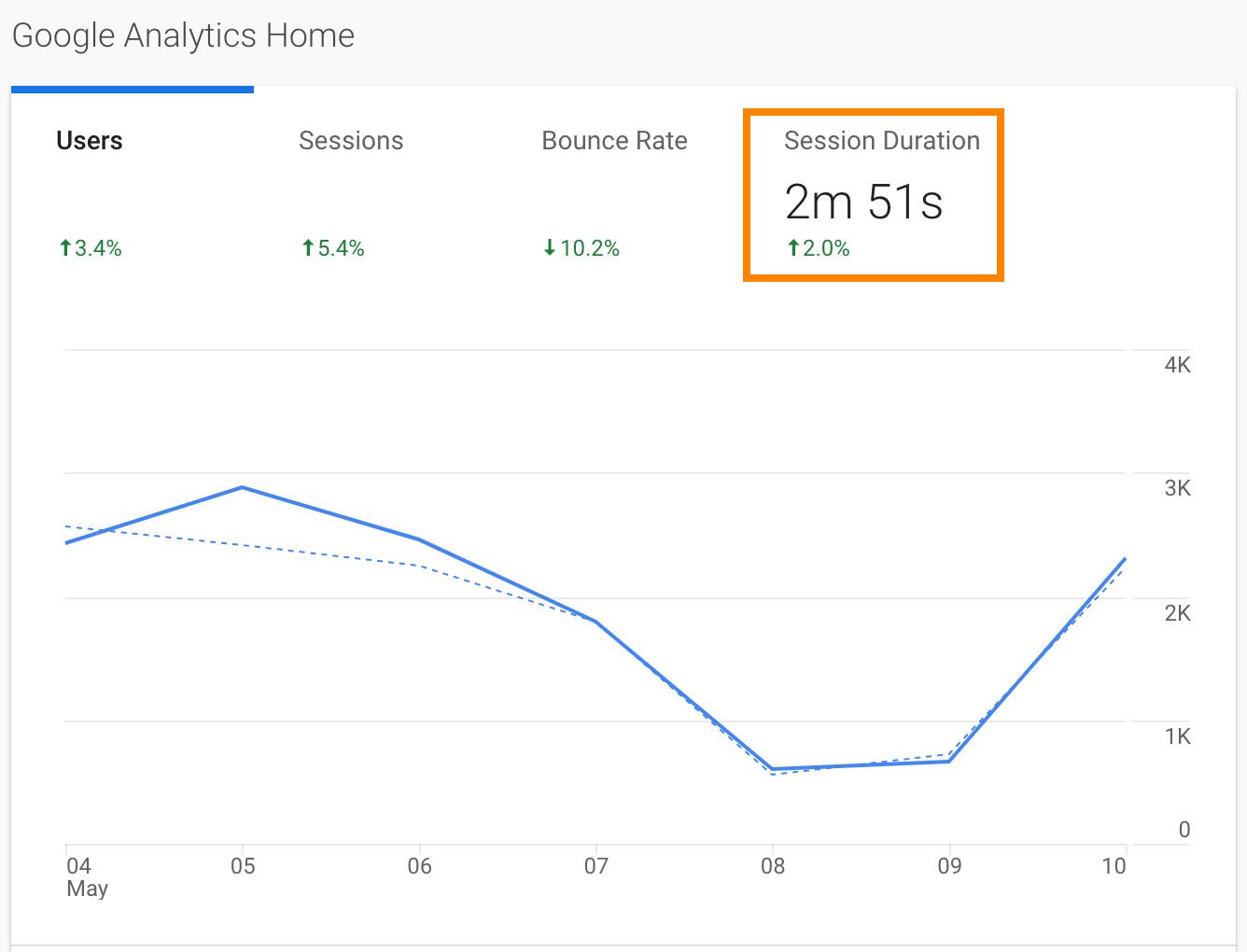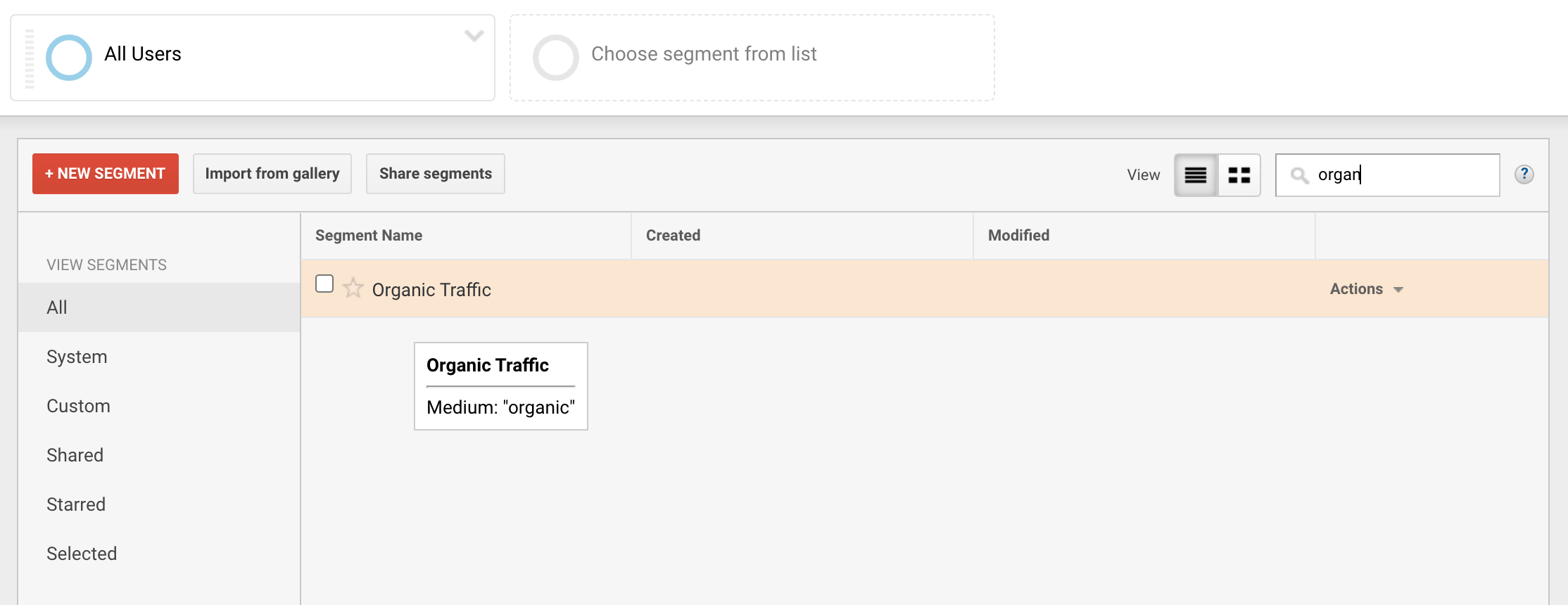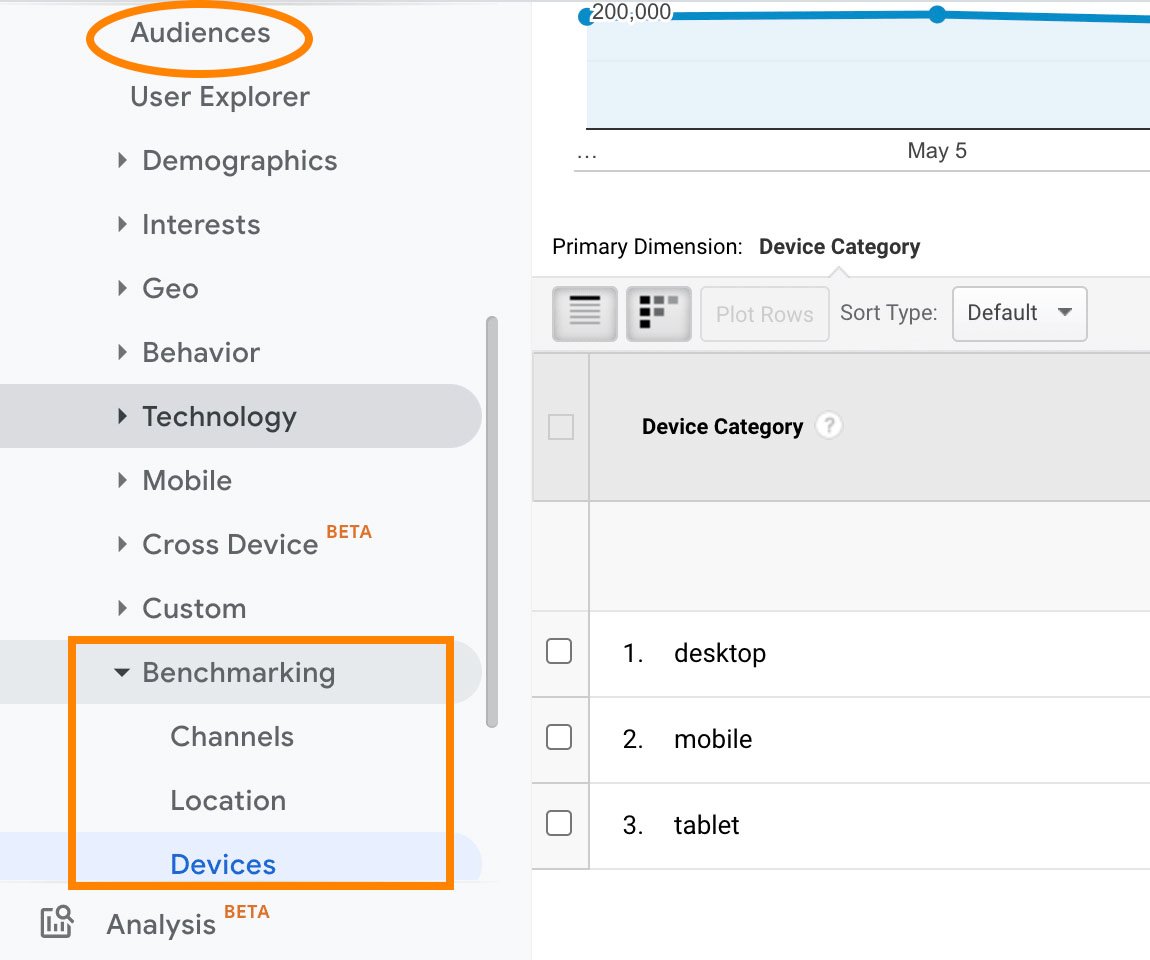This morning, I made a quick Google search.

When the results page loaded, I spent time clicking through the first page of websites to find what I was looking for. When I didn't find my answer, I clicked back to that results page to look at the next one.
This process took me through to the bottom of the page until I refined my search and started the process again.
I didn't know it at the time, but I was actually contributing to a powerful metric — dwell time.
When we talk about metrics, we tend to focus on demographics. We ask questions like, Who's looking at your site, where are they located, and what are their interests?. These interests help marketers make informed decisions about campaigns tailored to their customers' interests.
Dwell time is the metric that runs through various search engine results pages (SERPs). It's the time I spent reading those results pages before I went back to Google to take a look at other results.
Let's explore more about what dwell time means, and its usefulness, below.
What is dwell time?
Remember that dwell time begins and ends with the SERP.
Simply put, dwell time is the amount of time a user takes analyzing a web page before clicking back to search results. If a web page has a low dwell time, it likely means the page didn't match the user's search intent.
It's important to note, dwell time and bounce rate are two different things. Bounce rate is what happens when a user clicks on one page, and then almost immediately leaves the site.
For it to be considered dwell time, on the other hand, the user needs to click on a page from the SERP, stay a while, and then either click back to the SERP or otherwise exit the page.
If you use search engines, you rack up dwell time daily, without even thinking about it. I can already recall two separate instances in which I've contributed to dwell time today, all before lunch.
Essentially, dwell time metrics can show marketers if their web pages are capturing the attention and needs of browsers. It has the potential to tell you what to include on web pages, and what to exclude.
For instance, let's say you write a blog article called "Social Media Tips and Tricks". You notice the piece has a high click-through rate, but low dwell time.
Upon further inspection, you see the rest of the articles on the SERPs include comprehensive information regarding social media scheduling, how to create posts for social media, and which social media sites have the highest conversion rates.
More than likely, you thought your post was solving for a user's search intent when it really wasn't — which is why most readers jump back to the SERP to find an alternative source.
It can also lead to clues about improving UX. For instance, if you have a slow loading time on your web page, you may see that reflected in dwell time metrics, since a user might exit your page if it's taking too long to load
This metric can lead to important decisions you make for your site, among other metrics.
Next, let's explore how dwell time is calculated.
How is dwell time calculated?
In Google Analytics, you can determine your dwell time by looking at "Average Session Duration", which tells you how long visitors are staying on a website on average. It's measured by the total duration of all sessions, or visits, in seconds, divided by the total number of sessions.
A session begins when a user goes to a website. After 30 minutes of inactivity, or when the user leaves, the session ends. The inactivity cut-off exists so you can get an accurate report of your metrics without untrue inflation.
You can find this metric already calculated for you in Google Analytics, displayed in minutes and seconds. You can find it in two places in particular — first, when you log into your Google Analytics home, you'll see "Average Session Duration" displayed on the homepage, which indicates the average dwell time on any of the accounts you're tracking in Google Analytics:
 If you want to explore "Average Session Duration", or dwell time, for individual landing pages or blog posts, you'll want to click "Behavior" on the left side of the screen, and then "Site Content" > "Landing Pages":
If you want to explore "Average Session Duration", or dwell time, for individual landing pages or blog posts, you'll want to click "Behavior" on the left side of the screen, and then "Site Content" > "Landing Pages":

Here, you'll see the dwell time displayed as "Average Session Duration" in the table.
 It's important to note — "Average Session Duration" can depict dwell time, but the two aren't the same. Dwell time can only come from the SERPs, whereas Average Session Duration might also measure someone's time on-page after they've arrived from another landing page, social media page, or clicked on an email link.
It's important to note — "Average Session Duration" can depict dwell time, but the two aren't the same. Dwell time can only come from the SERPs, whereas Average Session Duration might also measure someone's time on-page after they've arrived from another landing page, social media page, or clicked on an email link.
Fortunately, you can account for this difference by simply adding a segment, "Organic Traffic", to ensure you're only seeing landing page metrics related to the SERPs.

"Average Session Duration" can help you analyze which landing pages are performing well in terms of dwell time, and which could be better.
But what's a "good" average session? Let's dive into that, next.
Average Dwell Time on Websites
The industry benchmark for average dwell time is considered somewhere between 2-4 minutes. It usually takes around this time to explore a website and get a feel for the design.
You'll see this industry standard in Google Analytics when searching for benchmark metrics. To find these metrics, go to "Audiences" and then "Benchmarking" on the left-side of the screen:

Then, select whether you want to see industry standards across devices, channels, or locations.
For our purposes, let's take a look at the industry standard for "Business & Industrial" across devices. As shown in the small numbers below the larger percentage, most businesses have an average session between 2-3 minutes (the second number depicted, i.e. 02:43):
 Most marketers agree that it's rare to see average session duration times over 10 minutes or less than one minute, so if you're looking for a goal, between 2-4 minutes is where the average typically lies.
Most marketers agree that it's rare to see average session duration times over 10 minutes or less than one minute, so if you're looking for a goal, between 2-4 minutes is where the average typically lies.
When you're looking at metrics, it's a good idea to look at all of them to get a full scope of how your site is performing. If you're ranking high on the SERP, that means that your SEO is great, but if your website isn't providing useful information, your session duration might underperform.
To provide a holistic experience for customers, looking into the meaning behind session durations is important.
How to Improve Dwell Time
A low dwell time tells you that when a user searches a query on Google and then clicks on your site, she's disappointed with what she finds there — for whatever reason, it didn't match what she was looking for, or didn't provide the full answer she needed.
There are plenty of options for combatting this.
1. Make sure your introduction matches the reader's intent, and follows good UX practices.
First, take a look at your introduction our UX at the top of the page. Is it easy to navigate, and does the text outline what the reader will find on the rest of the page? Best of all, does it help the reader find what she's looking for quickly — either with a table of contents, or by using short paragraphs and bullet points to make the content more digestible?
User experience could be a major component of a low dwell time, particularly at the top of the page — since readers who aren't impressed with the above-the-fold UX won't stick around long.
Content matters, too. You might find you have a low dwell time if your introduction is confusing or doesn't get to the point quickly enough. Alternatively, perhaps your content isn't matching the user's intent.
Take a look at other high-ranking articles on the SERPs to get a better picture of why this reader is searching for this topic. Intent matters.
Consider the following example: You see you have a low dwell time for your article, "How to Delete a Theme in WordPress." When you click into the article, you find that the introduction focuses on why WordPress might be a good web hosting solution, as well as statistics to support the claim.
Except … readers who've just searched "how can I delete my WordPress theme?" likely already have an account and don't need to be convinced of the strengths of the tool — they just need to delete a theme.
If your article isn't hitting a good note with readers from the get-go, that could be a major contributor to low dwell time.
2. Ensure the page is fast and clean.
Slow loading time is a major deterrent to high dwell time — if your page takes too long to load, readers likely won't stick around long.
Additionally, once readers are scrolling your page, if they find the images aren't loading properly, or it's an unimpressive experience, they might choose to abandon the page.
This means that having clean code and following SEO best practices for a quick load time (including compressing your images and caching your web pages) is critical to increasing your dwell time.
Ensure the page loads quickly and efficiently across browsers and devices, too. A good mobile-experience is vital here, since a lower dwell time on mobile will contribute to a lower dwell time overall.
3. Have good internal linking.
Dwell time is ultimately the amount of time someone stays on a page before returning to the SERPs — so including links to your other blog posts or landing pages is a good opportunity for keeping them engaged on your site for longer.
Follow good link-building practices to create the right infrastructure for both the SERPs and user experience. The key is ensuring your links are relevant to the topic at-hand. A blog post about social media, for instance, should link to other posts about Instagram or YouTube — not website development.
4. Embed multimedia elements.
Many readers might get tired of reading too much text, so consider breaking up the page by embedding videos, podcasts, images, and other multimedia elements to keep your readers engaged.
Along with improving dwell time, embedding these elements on your page could increase traffic to your brand's other types of content. For instance, embedding a YouTube video on your blog post (when relevant) could increase views to your YouTube channel. Alternatively, including a link to a podcast episode might increase listeners.
Ultimately, dwell time is a sign that the quality of your content or the page's UX isn't good enough to keep readers' interested. Consider how you might refresh your content to better match the reader's intent based on what else is on the SERPs, and follow other on-page best practices to increase dwell time and delight your website visitors.










